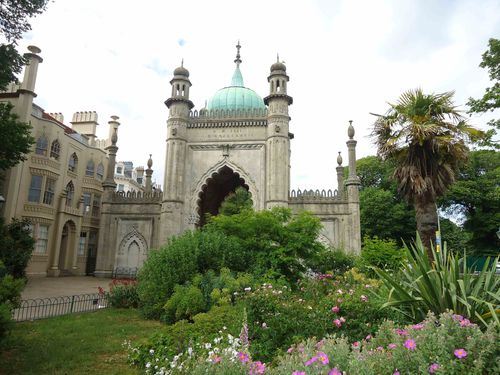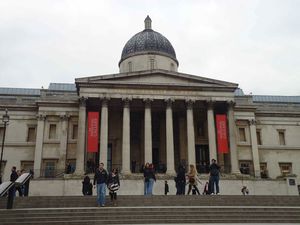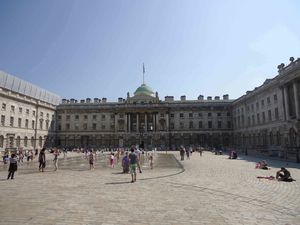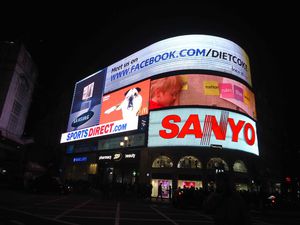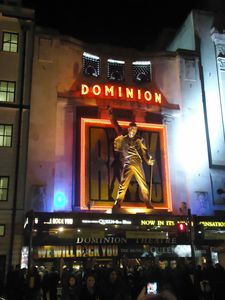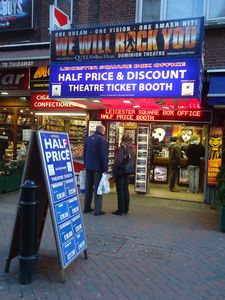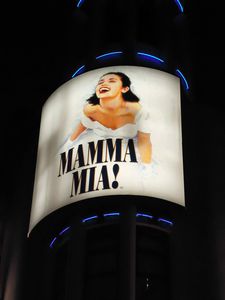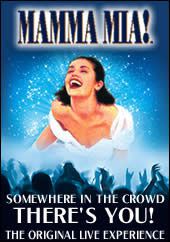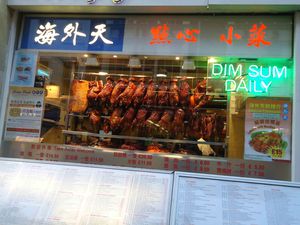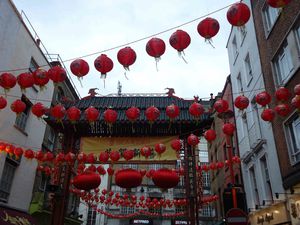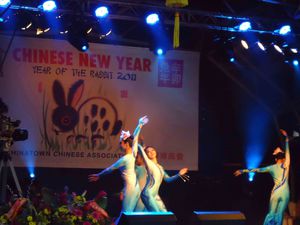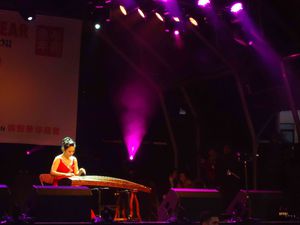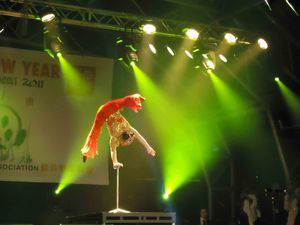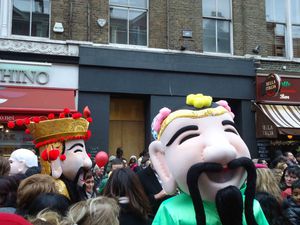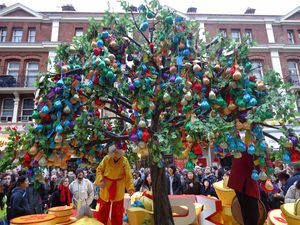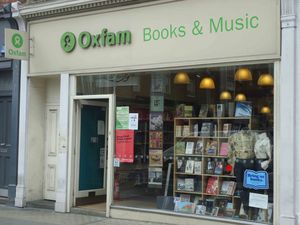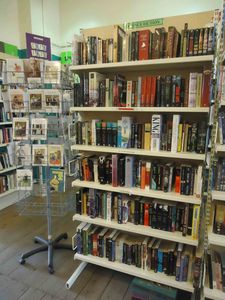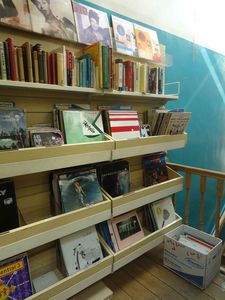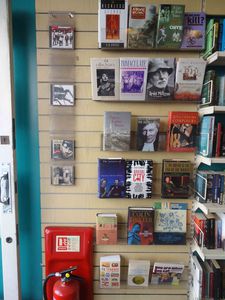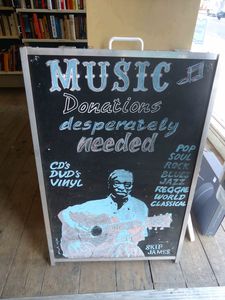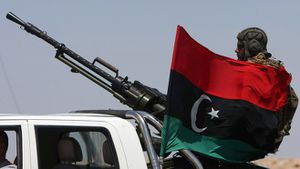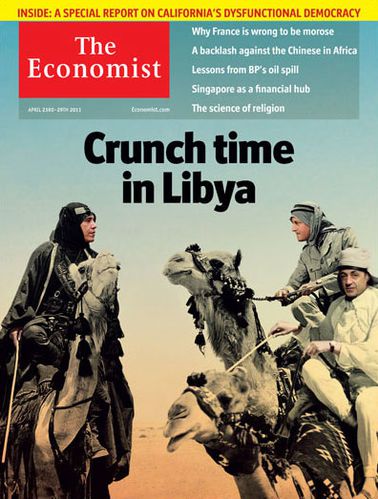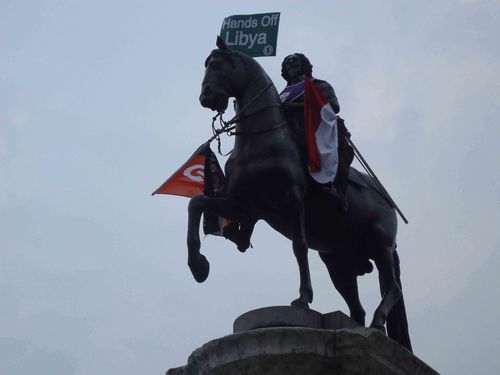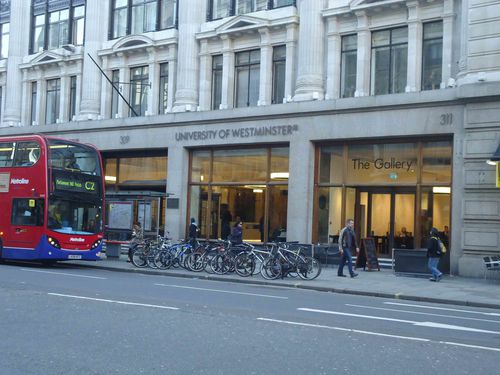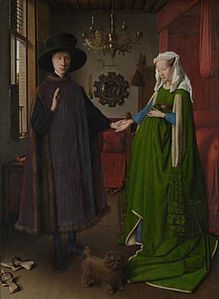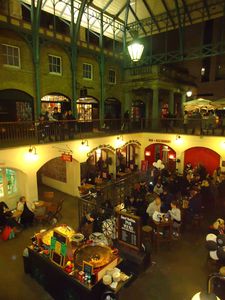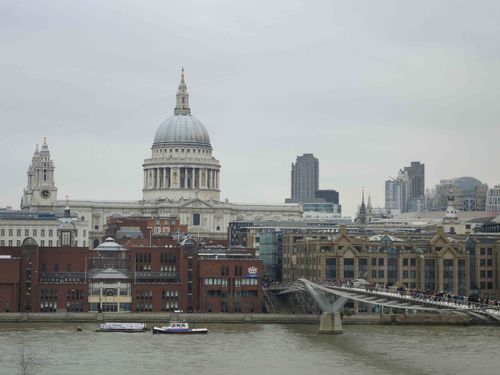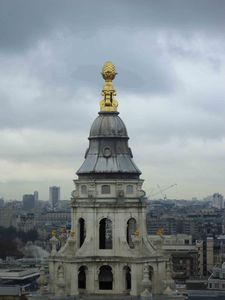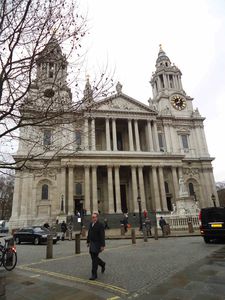I have just finished my internship and I will come back to France in a few days. It’s time to try to summarize my six-month stay in London. I have decided to do a thematic approach of things I’ve seen.
The punk one: Camden Town
Camden Town is a district located in the north of London. It is well-known thanks to its street markets, where you can find punk, gothic, or eccentric products. This is a very touristic area, especially on week-ends. Many concerts are organized there. This is due to the large number of pubs and clubs. Camden Town is the symbol of the alternative culture in London.
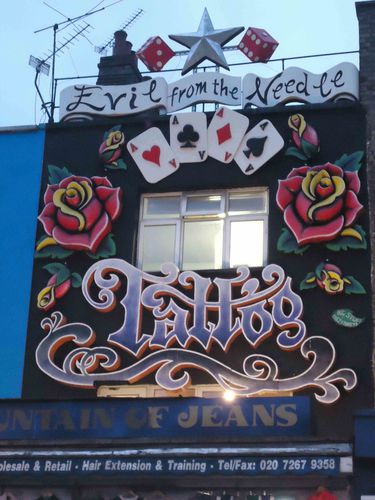
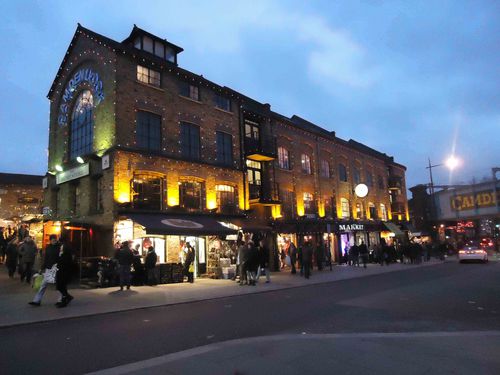
The scary one: the London Dungeon
The London Dungeon is a successful attraction in London. It recreates some terrible events that occurred in London: the Great Plague, the Great Fire of London, Jack the Ripper, Bloody Mary, Sweeney Todd’s Barber… Several actors tell you stories about these events and try to frighten spectators in eleven different shows.
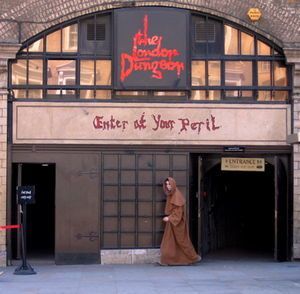
The modern one: Canary Wharf
Canary Wharf is a business district which is considered as the new “City”. It is located on the Isle of Dogs of the Docklands that used to be the largest port of London. Since the 1980s, the district has been transformed to become an economic and financial centre. Many banks and publishing firms have come in Canary Wharf to take advantage of the large availability of office space. Nowadays, one symbol of this district is Thomson Reuters’ building. There is a screen on this building where you can see information about the stock market.
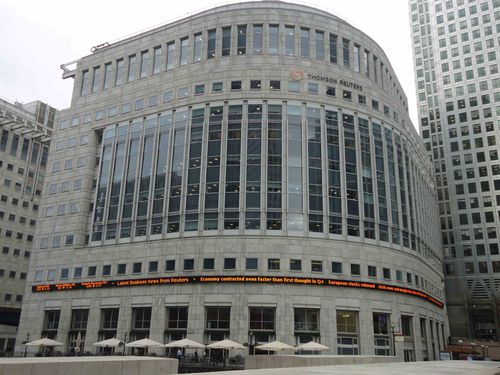
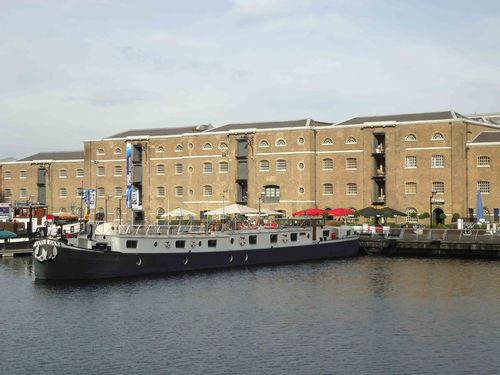
The sports one: the Queen’s Club Championship
I had the opportunity to attend a well-known Tennis championship: the Queen’s Club Championship that takes place every year in London. It aims to prepare professional players for Wimbledon, which is two weeks later. Many famous players took part in the tournament: Rafael Nadal, Andy Murray, Andy Roddick, Jo-Wilfried Tsonga… Despite the bad weather, I could attend several matches and I will remember this day for a long time.
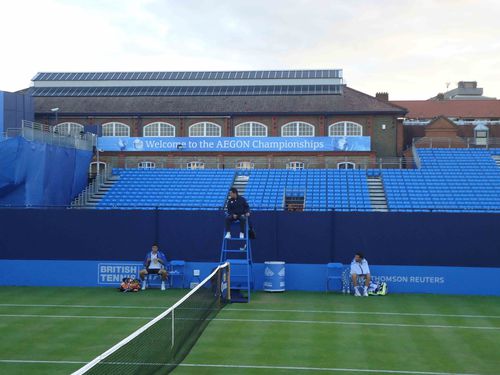

The surprising one: the Speaker’s Corner
The Speaker’s Corner is a place where anyone can express oneself in front of passers-by. On every Sundays, People can say there what they think about several topics. This place symbolizes the freedom of expression in the UK. Before going there, I believed that I would attend some political debates. However, when I arrived, I quickly understood that only Christian and Jewish religious freaks came to express themselves there. They wanted to prove everyone that God exists. But it was quite funny because many people stopped to debate with them. For this reason, there were very active discussions, even if there was no political debate. This day confirmed in my mind that there are always crazy people wherever we are.


The magic one: Oxford
I decided to spend one day in Oxford because I wanted to discover a British student city. Like Cambridge, Oxford is well-known for its old colleges. More than 30,000 students study in 38 different colleges. Buildings are beautiful and very old. Some of them look like churches or abbeys. One of the most famous colleges is Christ Church. The dining room of this college is the one we can see in Harry Potter movies. Actually, many scenes from Harry Potter were directed in Oxford. For this reason, I found Oxford looked like Hogwarts School of Witchcraft and Wizardry.
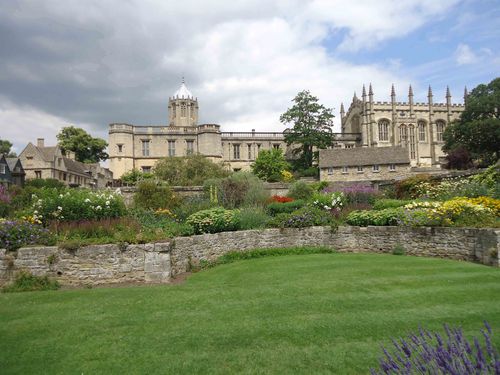
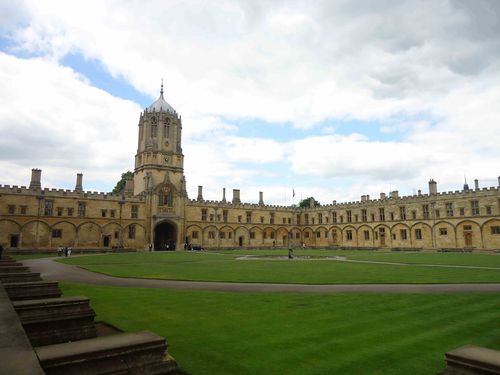
The eccentric one: the Royal Pavilion in Brighton
I went to Brighton without any idea of what the places to visit were. That’s why, when I entered the Royal Pavilion, I immediately thought that it was amazing. It was built in the 19th century by the king-to-be George IV. He had a passion for decoration and was very interested in oriental styles. Therefore, the outside of the pavilion seems to be an Indian palace. When you visit the interior, you can notice that the decoration was inspired by Asian styles. All these things make this pavilion very eccentric for a British city like Brighton.

